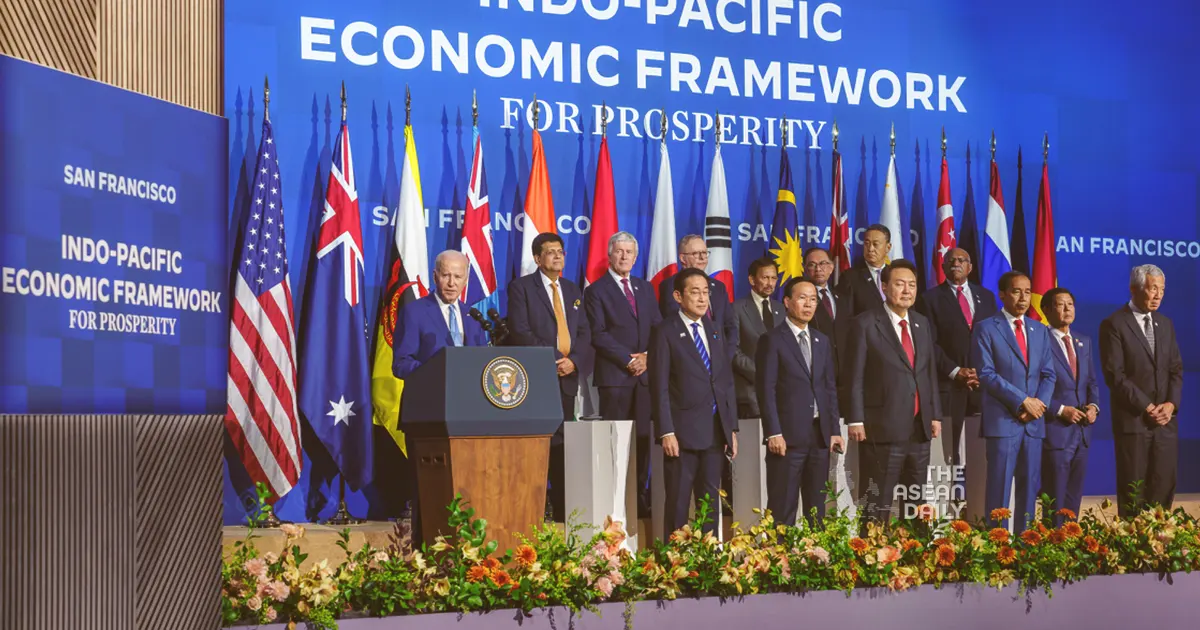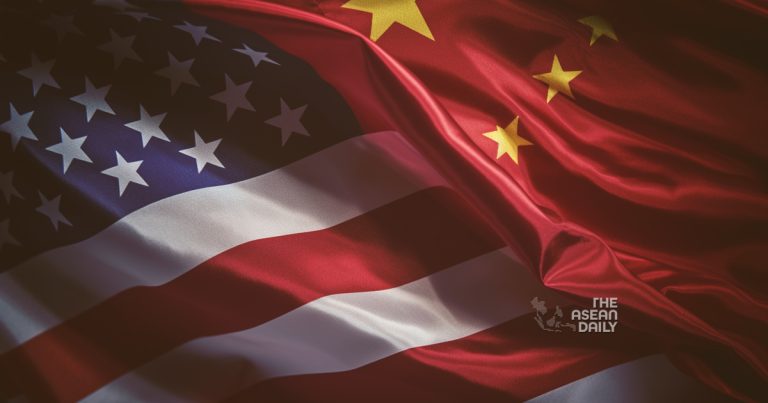22-11-2023 (SINGAPORE) Singapore witnessed a disappointing outcome at the recent Asia-Pacific Economic Cooperation (APEC) forum, as hopes for a comprehensive trade agreement under the Indo-Pacific Economic Framework (IPEF) were shattered. The IPEF was intended to address the policy void left by the US withdrawal from the Trans-Pacific Partnership (TPP) in 2017 and act as a strategic tool to counter China’s economic influence in the region. However, the inability of the United States to see through this trade deal highlights a significant strategic failure.
The IPEF was designed to assure America’s partners in the Indo-Pacific region that the US remained committed to a meaningful economic relationship with them. Yet, it has fallen short of even this basic objective. Southeast Asian nations should recognize that, due to domestic political considerations, Washington is no longer a staunch advocate of free trade. While engagement with the US on security matters should continue, regional countries must be mindful that their economic agendas are increasingly diverging from those of the US.
The negotiation process for the IPEF was challenging from the start, driven by the demands and constraints imposed by US domestic politics. The lack of access to the US market removed a crucial incentive for American negotiators, as public opinion in the country has shifted against free trade due to concerns about job displacement and the perception of foreign goods replacing American products. The Biden administration, in an attempt to compete with China, embraced a more protectionist stance by aggressively subsidizing favored industries and emphasizing domestic manufacturing and clean energy investments.

Furthermore, US demands for stringent labor and environmental standards faced resistance from partners such as Vietnam and Indonesia, who were reluctant to adopt measures that might be seen as detrimental to their own economic interests. The IPEF was vulnerable to the domestic pressures it sought to address, as it lacked financial support from a divided Congress and could be easily canceled by a future president through an executive order.
Negotiators were aware of the unfavorable odds stacked against them. The IPEF had a relatively short timeframe of two years for completion, compared to the seven years it took to negotiate the TPP. Ultimately, despite nearing the finish line, pushback from lawmakers, including Senator Sherrod Brown, who faced a tough re-election campaign, derailed negotiations on the trade pillar, leaving the IPEF hanging by a thread.
From a practical standpoint, the absence of an IPEF trade pillar does not have a significant impact on Southeast Asia. Regional governments were more interested in securing commitments from the US rather than the specific content of the agreement. However, the incomplete IPEF exposes the limits of US commitment to economic engagement in the region. It was meant to be the centerpiece of the Biden administration’s Indo-Pacific strategy, but it ended up resembling the US withdrawal from the TPP. The IPEF’s failure undermines the US’ readiness to establish a new economic relationship in the region.
This pattern reflects a broader trend of waning US interest in discussing trade and abiding by external rules. The US has shown reluctance to comply with World Trade Organization rulings and has dropped digital trade demands just before APEC, signaling a shift away from its previously espoused free trade philosophy. Although US officials have pledged to resume IPEF talks in 2024, the threat of Trump canceling the initiative hangs over their heads, making a final agreement unlikely.
This reality poses a disconcerting situation for Southeast Asia, a region heavily reliant on trade and investment. While the US remains a crucial security partner in countering China’s rise, regional governments must not hesitate to forge their own path on trade. Southeast Asia has other agreements to engage with, including the Regional Comprehensive Economic Partnership (RCEP) involving China and the Comprehensive and Progressive Agreement for Trans-Pacific Partnership (CPTPP). Additionally, ongoing negotiations for the ASEAN-wide Digital Economy Framework Agreement and the expansion of Singapore’s Digital Economic Partnership Agreement should continue.
The region should keep the door open for a future US administration to rejoin the trade conversation. However, until that happens, Washington will bear the responsibility for missing out on shaping the global trading order for years to come, allowing China’s economic influence in the region to grow unhindered.




